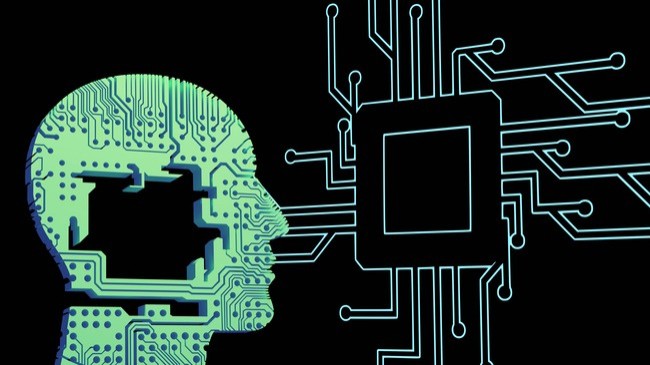
The world's first "living computer" was made from human brain tissue by scientists in Sweden. This could change the way computers work and how much energy they use.
A New Era in Computers
Brain organoids are used by the startup FinalSpark to do very complicated calculations using this groundbreaking new technology. The live computer comprises 16 organoids, groups of brain cells grown in a lab.
These organoids talk to each other like computer chips. They send and receive messages through neurons, working like circuits but using much less power.
This biocomputer has the potential to transform energy-intensive data centers completely. Living neurons consume nearly a million times less energy than modern digital processors.
The brain is more efficient than high-performance computers like Hewlett Packard Enterprise's Frontier. A human brain only needs 10 to 20 watts to do the same amount of work with 1,000 times more memory, but Frontier needs 21 megawatts. The big difference between the two is that biocomputers can save a lot of energy.
Dr. Fred Jordan, co-CEO of FinalSpark, said that the idea of a living computer has been used extensively in science fiction, but there hasn't been much actual study on it until now. Organoids are tiny, self-organized, three-dimensional tissue cultures made from stem cells. They are taught to do things by rewarding them with dopamine, similar to how the brain learns.
Besides consuming less energy, the live computer offers modification capabilities that are unavailable to traditional computers. As a brain learns, its hardware alters, creating new synaptic connections. In contrast, software on standard computers runs on constant hardware. Known as "wetware," this feature blends software and hardware parts.
'Brainoware:' Sustainable Biocomputing Revolutionizing AI
FinalSpark's living computer, "Brainoware," blends electronic and live neurons to provide a venue for state-of-the-art AI research. The method facilitates data transfer and receiving for the organoids through wires. Enclosed in a microfluidic chamber, these organoids provide ideal cell living conditions.
The organoids maintain body temperature in the incubator, which also supplies them with nourishment and maintains cleanliness. Although the neurons in these organoids only live for around 100 days, they are easily replaced, so the organoids can continue to function.
The Neuroplatform of the organization enables researchers worldwide to conduct remote experiments on these biological neurons. With over thirty universities already showing interest in this platform, biocomputing, and AI research collaboration is about to enter a new phase.
Dr. Jordan says the living computer could improve our knowledge of the brain and offer a treatment for neurological diseases. With this new method of neural networks, hitherto unachievable research domains become possible.
The current energy situation and the growing need for AI resources made the creation of this live computer ideal. As AI improves, data center energy consumption is becoming a significant issue. The biocomputer's low energy consumption could help address these issues and improve technology at the same time.
The work FinalSpark completed advances computer science significantly. Utilizing the power of human brain cells, the living computer is a practical and ecologically beneficial substitute for conventional silicon-based processors. This new operating approach may hold the answer to a safer future, as global energy issues demand more potent computer solutions.
Vienna is set to hold the first "biocomputing" conference in the world in a few months, delving deeper into the potential of this state-of-the-art technology. Biocomputing looks to have countless opportunities as FinalSpark continues to develop its Neuroplatform. This is the beginning of a new period when science fiction comes true.
© 2025 ScienceTimes.com All rights reserved. Do not reproduce without permission. The window to the world of Science Times.












